\U0001f4e3 #HappeningNow: Seri ke-4 Webinar #SWAMP Eksplorasi Kriteria dan Indikator untuk Restorasi Lahan #Gambut Tropis: Sintesis & Langkah ke Depan | https://t.co/C7bFDHLACH@BRG_Indonesia @usaidindonesia @Climateforest @FAOIndonesia @UNEP #PeatlandsMatter pic.twitter.com/H5nqr0BIQc
— CIFOR (Bahasa) (@CIFOR_hutan) December 17, 2020
🔴 #HappeningNow Exploring Criteria and Indicators for Tropical Peatland Restorations: Synthesis and Way Forward
Join us ➡️ https://t.co/wkgCmCJSuG
@CIFOR_hutan @usaidindonesia @FAOIndonesia @BRG_Indonesia @UNEP #PeatlandsMatter #SWAMP

Learn more ➡️ https://t.co/nd6sKNiu5e
#PeatlandsMatter
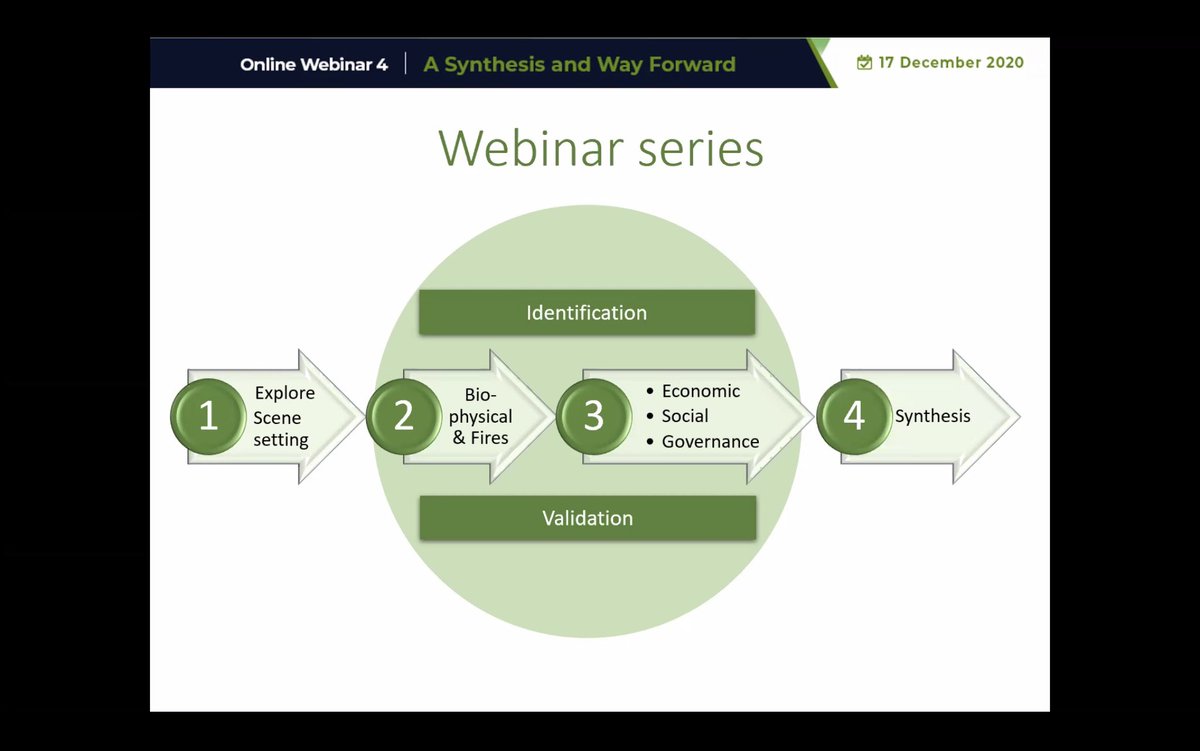
Indicators need to be monitored, says Budi S Wardhana of @BRG_Indonesia.
There are still challenges along the way:
✔️Cost
✔️Time
✔️Ease of use
✔️Reliability
✔️Efficacy for adjustment/corrective action
#PeatlandsMatter
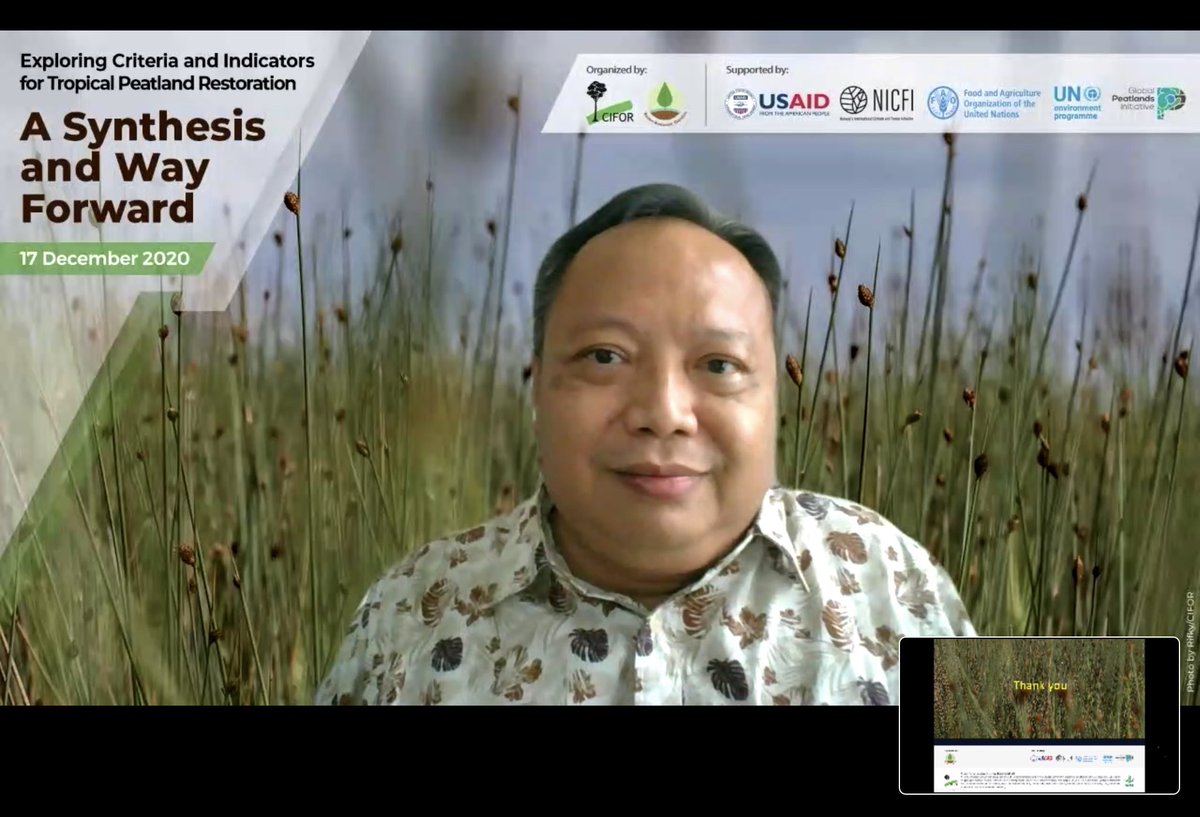
🔸Over-reliance on single indicators
🔸 Reporting indicators w/o contextual data
🔸 Accurate indicators but nobody can measure
🔸 Monitoring w/o benefits for local communities
“What we measure matters,”
- @profmarkreed, @SRUC
#PeatlandsMatter

A specific example: Even the word #sustainability is locally and culturally-defined
Here some recommendations in determining suitability of C&I ⤵️
#PeatlandsMatter
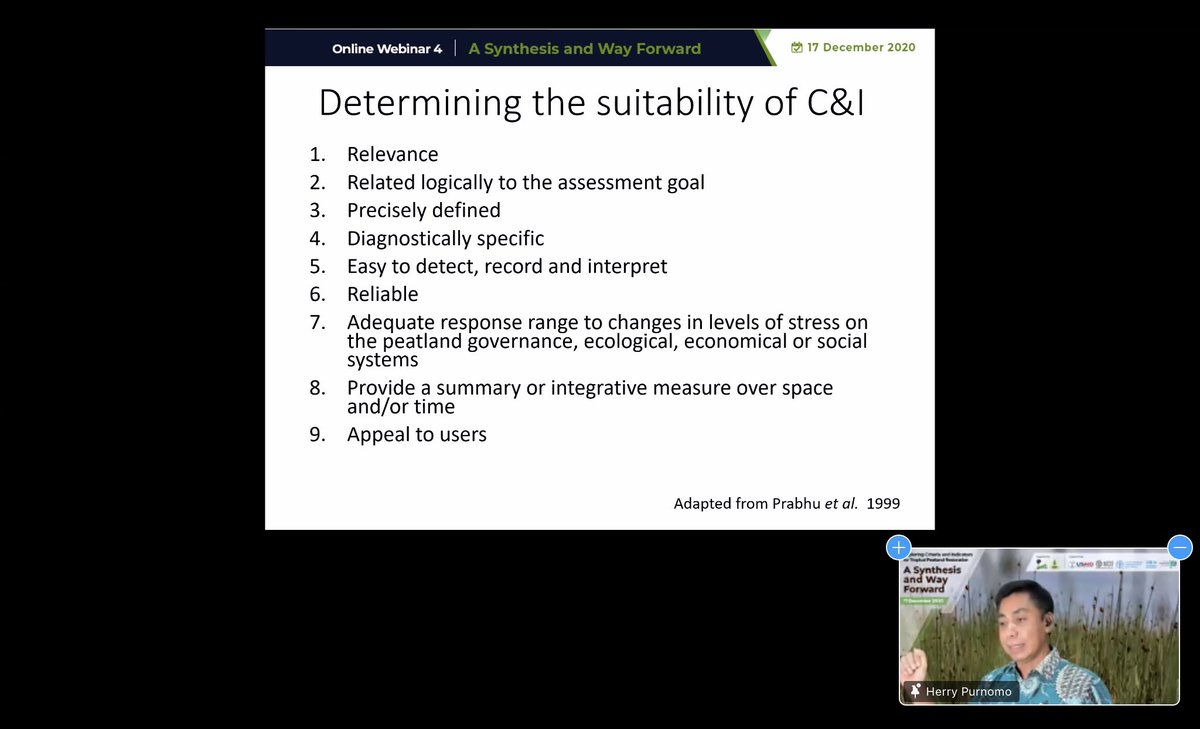
🔸 Biophysical
🔸 Social
🔸 Economic
🔸 Governance
➡️ https://t.co/HpFJtED9zR
#PeatlandsMatter
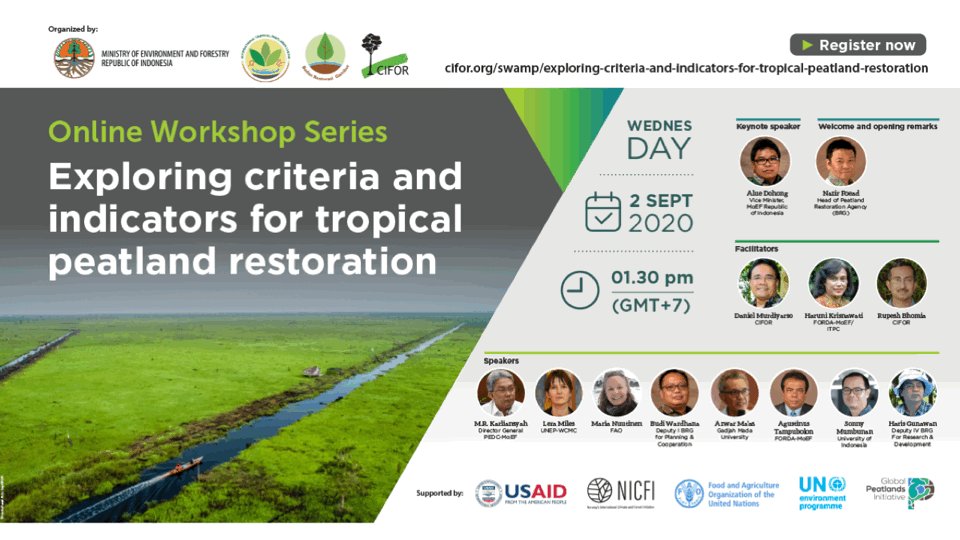
- Peat carbon dynamics for effective restoration
- Peatland hydrological balance (rewetting to restore integrity)
- Peatland fire assessment (reducing vulnerability, enhancing restoration success)
#PeatlandsMatter
- Addressing gaps in economic indicators of peatland restoration
- Assessing livelihood development in peat-dependent communities
- Leveraging goods & environmental services benefits of restoration
#PeatlandsMatter
- Local institutions and social cohesiveness for safeguarding peatlands
- Mapping social connections and relationships
- Role of private sectors in supporting community initiatives towards protection and restoration
#PeatlandsMatter
- Local governance to facilitate sustainable peatland management
- Regulatory and policy measures to support initiatives
- Participatory governance towards #greengrowth in peatland landscape
#PeatlandsMatter
#PeatlandsMatter
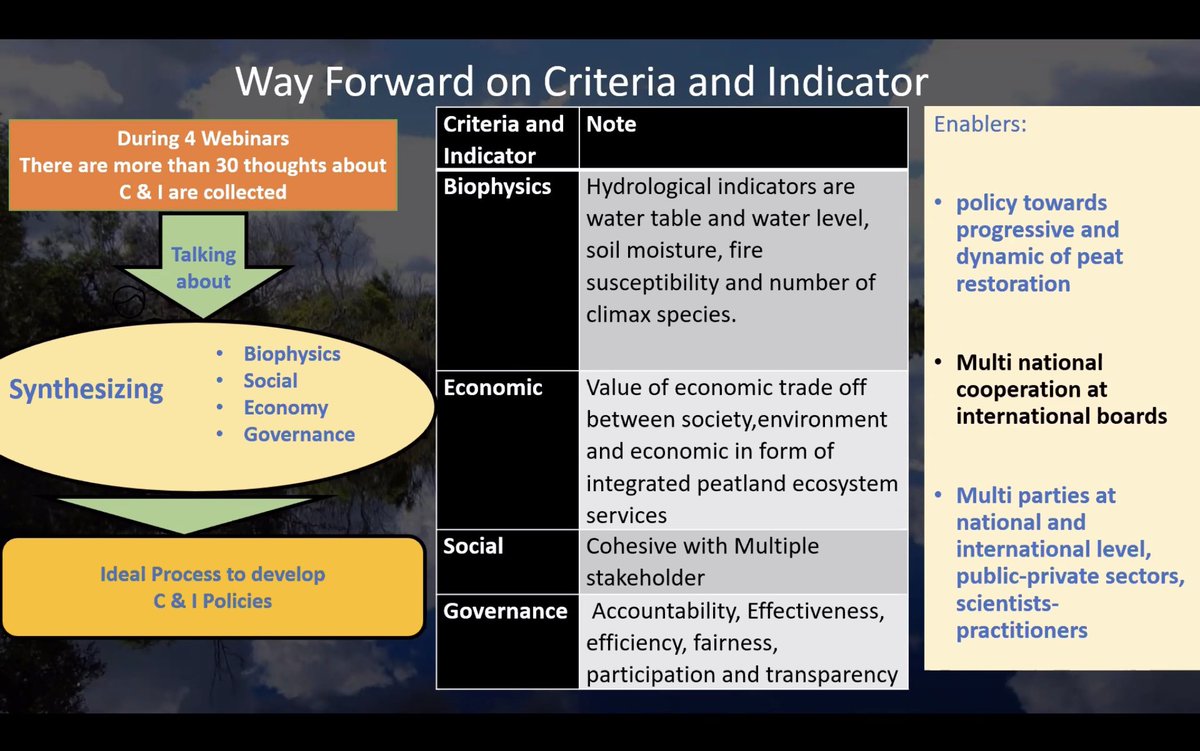
More from World
fascinated by this man, mario cortellucci, and his outsized influence on ontario and GTA politics. cortellucci, who lives in vaughan and ran as a far-right candidate for the italian senate back in 2018 - is a major ford donor...

his name might sound familiar because the new cortellucci vaughan hospital at mackenzie health, the one doug ford has been touting lately as a covid-centric facility, is named after him and his family
but his name also pops up in a LOT of other ford projects. for instance - he controls the long term lease on big parts of toronto's portlands... where doug ford once proposed building an nfl stadium and monorail... https://t.co/weOMJ51bVF

cortellucci, who is a developer, also owns a large chunk of the greenbelt. doug ford's desire to develop the greenbelt has been
and late last year he rolled back the mandate of conservation authorities there, prompting the resignations of several members of the greenbelt advisory

his name might sound familiar because the new cortellucci vaughan hospital at mackenzie health, the one doug ford has been touting lately as a covid-centric facility, is named after him and his family
but his name also pops up in a LOT of other ford projects. for instance - he controls the long term lease on big parts of toronto's portlands... where doug ford once proposed building an nfl stadium and monorail... https://t.co/weOMJ51bVF

cortellucci, who is a developer, also owns a large chunk of the greenbelt. doug ford's desire to develop the greenbelt has been
and late last year he rolled back the mandate of conservation authorities there, prompting the resignations of several members of the greenbelt advisory
You May Also Like
Trump is gonna let the Mueller investigation end all on it's own. It's obvious. All the hysteria of the past 2 weeks about his supposed impending firing of Mueller was a distraction. He was never going to fire Mueller and he's not going to
Mueller's officially end his investigation all on his own and he's gonna say he found no evidence of Trump campaign/Russian collusion during the 2016 election.
Democrats & DNC Media are going to LITERALLY have nothing coherent to say in response to that.
Mueller's team was 100% partisan.
That's why it's brilliant. NOBODY will be able to claim this team of partisan Democrats didn't go the EXTRA 20 MILES looking for ANY evidence they could find of Trump campaign/Russian collusion during the 2016 election
They looked high.
They looked low.
They looked underneath every rock, behind every tree, into every bush.
And they found...NOTHING.
Those saying Mueller will file obstruction charges against Trump: laughable.
What documents did Trump tell the Mueller team it couldn't have? What witnesses were withheld and never interviewed?
THERE WEREN'T ANY.
Mueller got full 100% cooperation as the record will show.
BREAKING: President Donald Trump has submitted his answers to questions from special counsel Robert Mueller
— Ryan Saavedra (@RealSaavedra) November 20, 2018
Mueller's officially end his investigation all on his own and he's gonna say he found no evidence of Trump campaign/Russian collusion during the 2016 election.
Democrats & DNC Media are going to LITERALLY have nothing coherent to say in response to that.
Mueller's team was 100% partisan.
That's why it's brilliant. NOBODY will be able to claim this team of partisan Democrats didn't go the EXTRA 20 MILES looking for ANY evidence they could find of Trump campaign/Russian collusion during the 2016 election
They looked high.
They looked low.
They looked underneath every rock, behind every tree, into every bush.
And they found...NOTHING.
Those saying Mueller will file obstruction charges against Trump: laughable.
What documents did Trump tell the Mueller team it couldn't have? What witnesses were withheld and never interviewed?
THERE WEREN'T ANY.
Mueller got full 100% cooperation as the record will show.



















